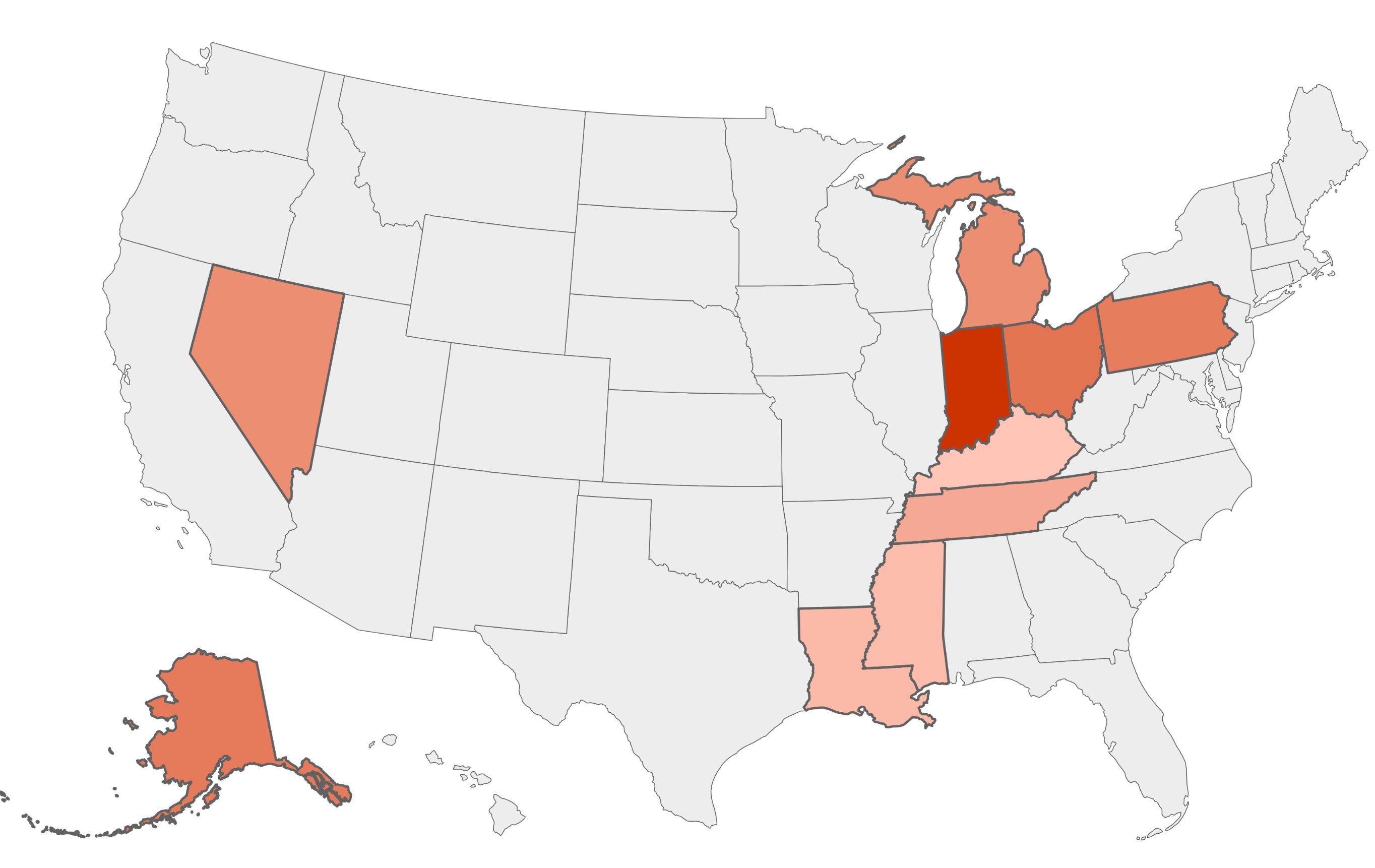The State of Lung Health in America: A Deep Dive
Understanding the Variances in Lung Health
A recent report from Opera Beds highlights the stark differences in lung health across the United States, attributing these disparities to a mix of smoking rates, regional climates, and air pollution. By examining data from reputable sources like the American Lung Association and the EPA, the report paints a vivid picture of how these factors intertwine to affect the respiratory health of Americans nationwide.
Why Lung Health Matters
Lung health is more than just a medical concern; it’s a pressing public health issue affecting millions. Chronic obstructive pulmonary diseases (COPD), respiratory illnesses, and lung cancer are significant causes of morbidity and mortality. Each year, thousands lose their lives to these conditions, underscoring the urgency of understanding the factors contributing to lung health disparities.
Moreover, over the years, substantial funding has been allocated to research the root causes and implications of lung health issues in the U.S. The findings reveal that geographical and lifestyle factors—such as smoking prevalence and air quality—play pivotal roles in shaping the lung health landscape across the country.
The Research Framework
In ranking state lung health, Opera Beds focused on several key indicators:
- Smoking Rates: The percentage of adults who smoke.
- Anti-Smoking Policies: The coverage of policies that restrict smoking in public spaces.
- Air Pollution: Measured in micrograms of pollutants per cubic meter (µg/m³).
- Climate Factors: Including temperature and humidity, both of which can impact respiratory health.
By combining these metrics, a "lung health" score for each state was generated, revealing a nuanced understanding of lung health across America.
The Worst Offenders for Lung Health
According to the report, Indiana topped the list as the worst state for lung health, scoring a dismal 4.04 out of 10. With an adult smoking rate of 16.2 percent—considerably higher than the national average of around 11 percent—Indiana struggles with inadequate smokefree policies; only 31.5 percent of its population is protected by these regulations in places like bars and restaurants.
Following Indiana were Ohio and Alaska, with scores of 4.72 and 4.79, respectively. The remaining states in the bottom ten include Pennsylvania, Michigan, Nevada, Tennessee, Louisiana, Mississippi, and Kentucky. Each of these states faces similar challenges related to smoking and air quality, contributing to their poor lung health rankings.
The Healthiest States for Lungs
On a brighter note, the report identified Colorado and Hawaii as the states with the best lung health, each achieving an impressive score of 9.11 out of 10. These states benefit from lower smoking rates and comparatively cleaner air, conditions that substantially reduce the risks associated with respiratory diseases.
Notably, the rankings reveal a consistent trend: the top-performing states often boast comprehensive anti-smoking policies and enjoy better overall air quality, ultimately fostering a healthier environment for their residents.
Insights from the Report
Opera Beds highlighted an intriguing trend: the West Coast appears to be the best region for lung health in the U.S. Six out of the top ten states for lung health are located there, which suggests that residents in these states may be more shielded from respiratory conditions like COPD. Environmental factors such as air quality, humidity, and comfortable average temperatures all play into this finding, making states like Colorado, Hawaii, and New Mexico prime candidates for those seeking to improve their lung health.
The Bigger Picture
This report serves as a critical reminder of how intertwined our environment and lifestyle choices are with our health outcomes. The stark contrasts in lung health across states not only reveal the disparities in public health initiatives but also emphasize the importance of policies aimed at improving air quality and reducing smoking rates. Understanding these factors could pave the way for more effective public health strategies to protect and improve lung health for all Americans.


